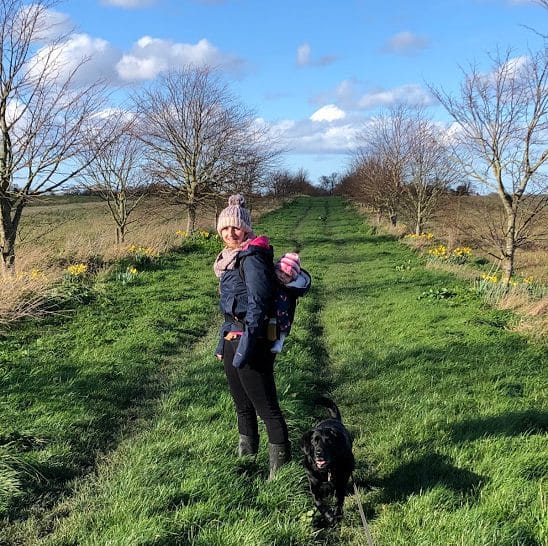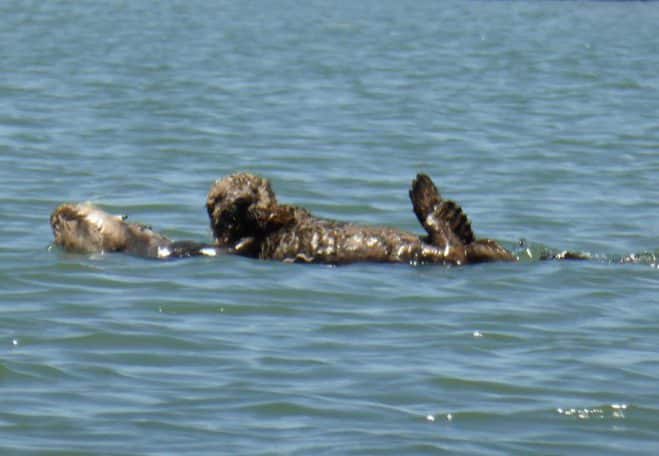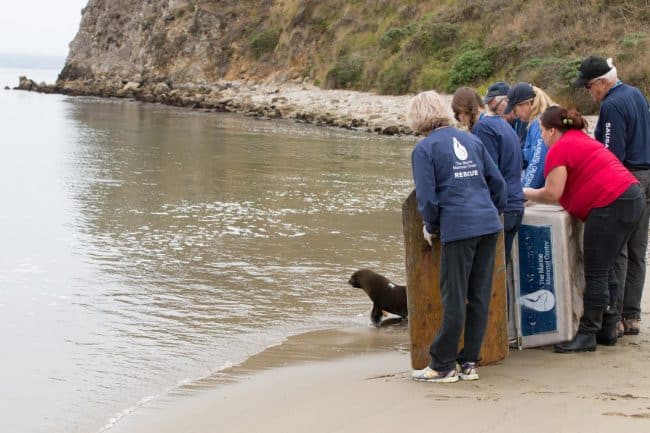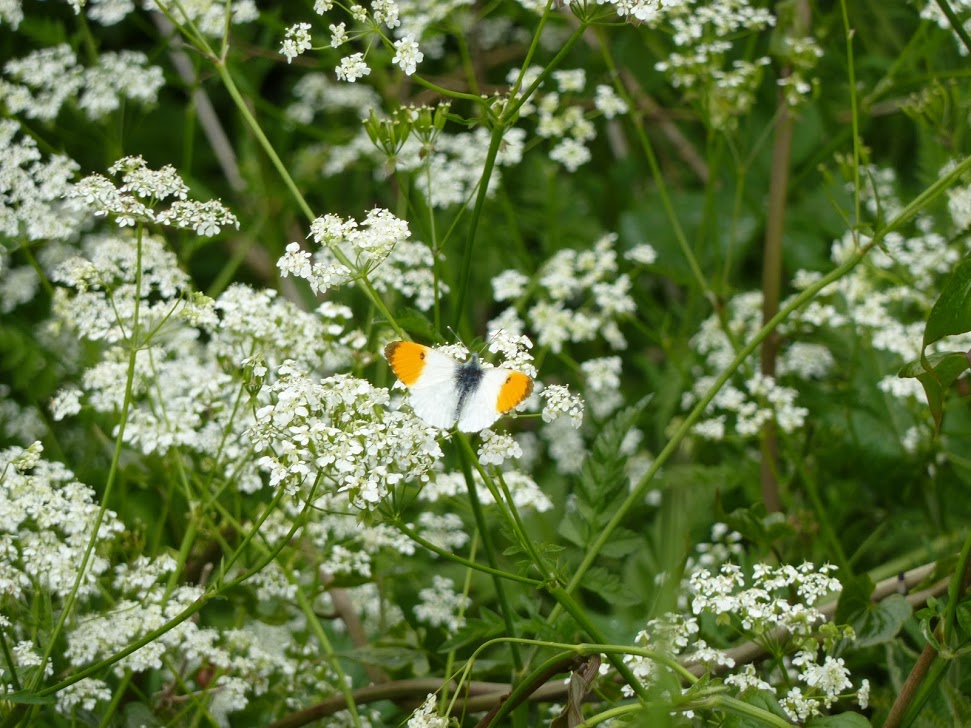Julie Cox, GiGL Partnership Officer
Julie is one of GiGL’s Partnership Officers. She delivers work for existing GiGL partners with Service Level Agreements. She is Commissioning Editor of the GiGLer newsletter and co-ordinates our SLA Spotlight bulletin for existing and potential SLA partners. Julie has recently returned to the GiGL team from a year of maternity leave.

Town or Countryside?
Countryside
Summer or winter?
Definitely summer when I can be outside as much as possible
Early bird or night owl?
Since having my daughter I’ve probably become more of an early bird
Outdoor or indoors?
Outdoors, or indoors with a nice view of the outdoors
Plants or animals?
Animals
What species is closest to your heart and why?
I adore the playfulness of otters. I spent three years living in California where I fell in love with the sea otters that inhabit the kelp forests of the Pacific coast. I volunteered for a marine mammal rescue charity (alongside my work for GiGL) and got some up-close experience of these fascinating creatures. Since moving back to the UK I’ve transferred my love to European otters, although they’re somewhat more elusive here.


What is your favourite Greater London open space and why?
On first moving to London I lived near Battersea Park and within its leafy borders found relief from the hustle and bustle of a city life I wasn’t used to. It’s held a spot in my heart ever since. I think it’s an apotheosis of an urban open space, with everything from sports fields and a boating lake, to a little zoo. It even has sweeping views down the River Thames. And of course it’s also an important home to lots of wildlife.
What has been your most formative experience working with the natural environment? And what did you learn then that you keep with you today?
I don’t get the chance to do much survey work at the moment but I believe the skills I learnt whilst ‘out in the field’ early in my conservation career have been invaluable. Whilst I’d describe myself as much of a generalist, I have most experience of recording butterflies, and have previously used them in academic studies as indicators for the species richness of cloud forest coffee plantations in Central America and for the quality of grasslands in Bedfordshire. I’ve also taken part in the UK Butterfly Monitoring Scheme in the past. You never forget the excitement of seeing a new species, or finally recording something in a previously barren patch. Nor do you forget the effort that is sometimes involved to gain a useful dataset.

Orange-tip (Anthocharis cardamines) © Julie Cox
How long have you worked for GiGL and how has your role changed in that time?
July 2020 will be my ten year GiGL anniversary, and my role has changed as GiGL has evolved over that time. When I first started my primary responsibility was to develop the open space dataset, creating a fit-for-purpose evidence base for green infrastructure projects throughout the capital. I now focus on delivering work for our SLA partners, which ranges from data and map provision to managing discrete and long-running partner projects. In recent years I’ve also coordinated the annual renewal of SLA partner contracts.
What is your most enjoyable GiGL task and why?
I’ve been Commissioning Editor of the GiGL newsletter since 2012 and it’s a task I absolutely love. Not only does it afford me useful insight to the full range of GiGL’s service provision it also means I have contact with lots of our stakeholders, outside of the realms of my usual SLA delivery role. I particularly enjoy discussions with our ‘joy of recording’ contributors, whose enthusiasm and love of our city’s wonderful green spaces is infectious.
We’re planning to undertake a review of the newsletter over the next twelve months and I’m looking forward to using the feedback we receive to ensure our communications are as useful and enjoyable for our followers as possible.
What do you think are the greatest challenges facing London’s biodiversity? How can GiGL help?
Many of our green spaces are afforded a degree of protection, but that protection is now being tested not only by development pressures but also by the financial strain being felt by those that manage these important resources. Much of London’s green space is maintained by Local Authorities and charities, who have limited resources with lots of, sometimes competing, priorities. The multiple benefits green spaces afford may be their saving grace. They don’t only provide an amenity value, and are not only beneficial for wildlife – they also help alleviate climate change, reduce pollution and ease the urban heat island effect. Access to high quality green space has demonstrably positive implications on mental and physical health. Many of these benefits lead to cost-savings elsewhere, and GiGL’s datasets can help show a wide range of these factors
London has a lot to offer someone looking to learn more about wildlife and open spaces. What one thing would you advise people to explore?
Londoners are lucky to have a wealth of ways to expand their horizons and learn more about our wonderful natural world. ZSL Institute of Zoology, the Linnean Society and the Geographical Society all hold regular talks, which are free and open to all. Many of these talks can be viewed online, either live or after the event. The Ecology and Conservation Studies Society at Birkbeck also hold an annual public lecture series which comes highly recommended.
